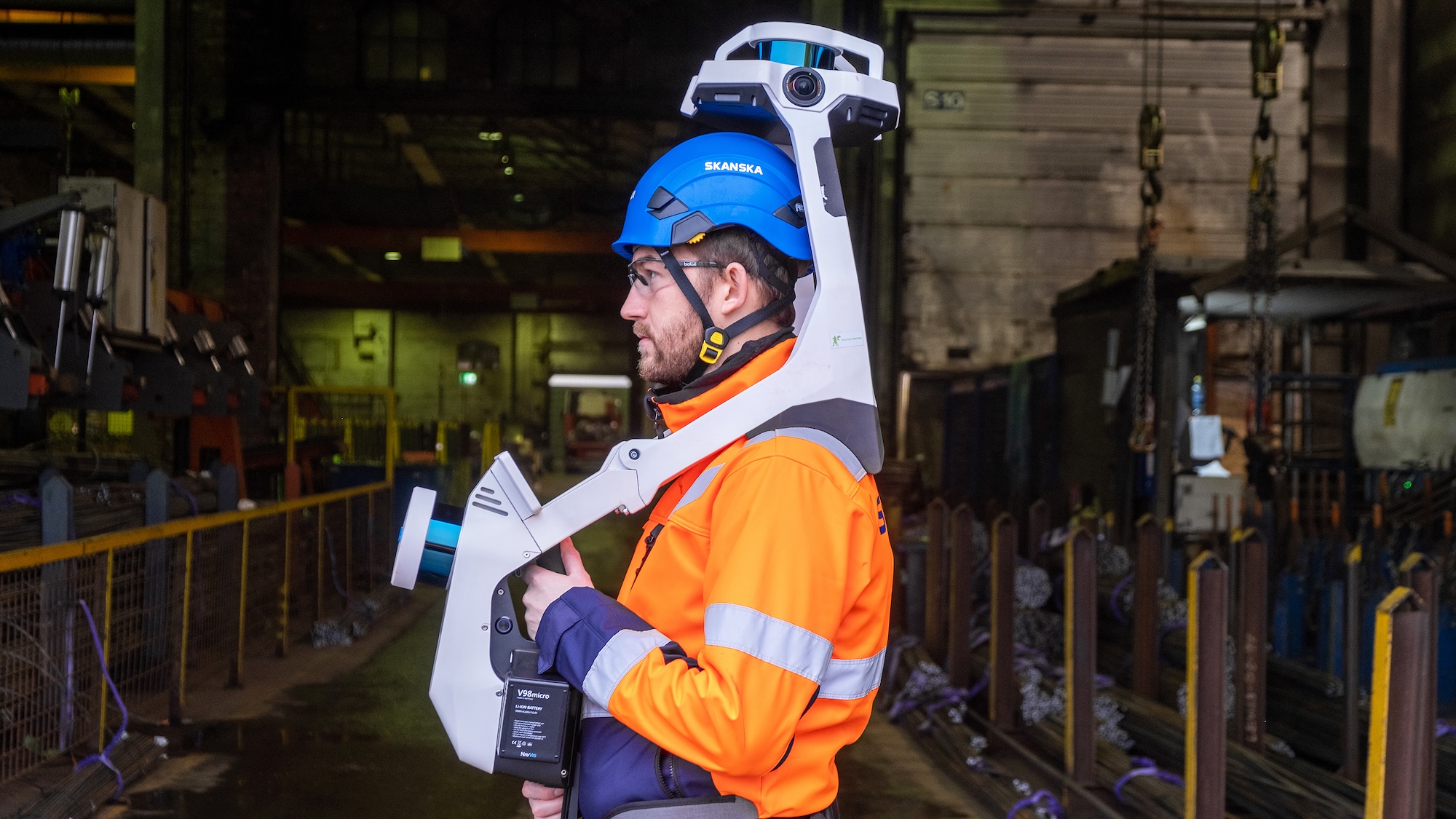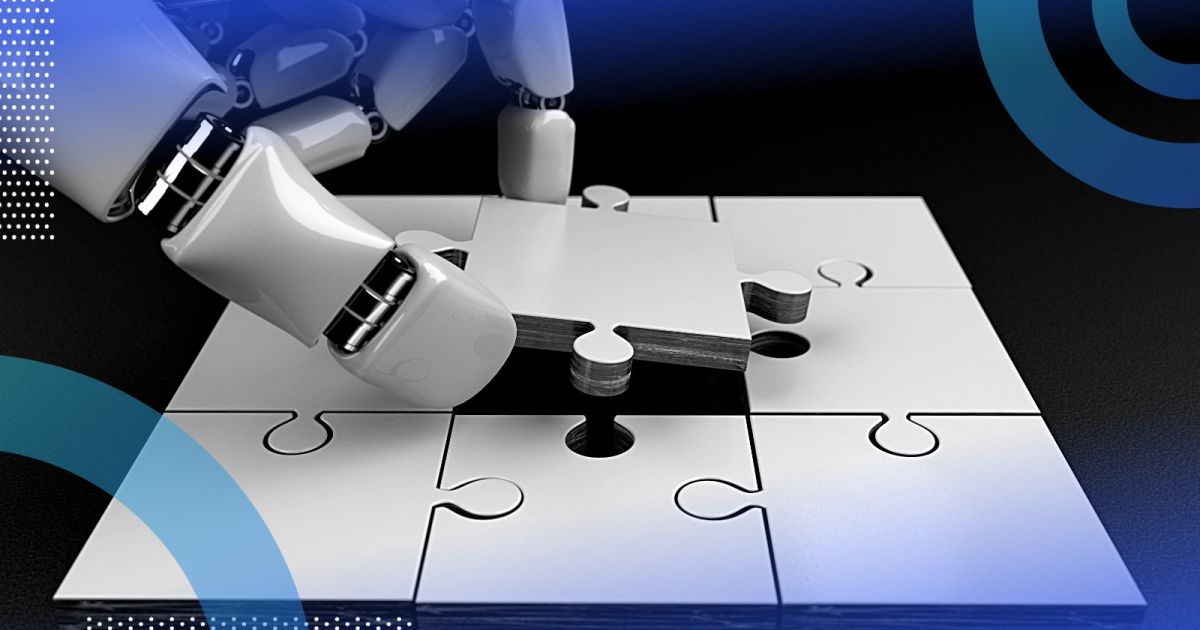Last October, there was a significant event in New York hosted by Turner Construction known as the Innovation Summit. The focus of this three-day gathering was on the transition “From Artificial Intelligence to Intelligence Augmentation.” Turner showcased various AI solutions, including a tool for automating contract drafting that was initially piloted by the procurement team in Vancouver, B.C., potentially saving considerable time for a company managing around 30,000 trade contracts annually.
Moreover, Turner’s Engineering Group has effectively utilized AI to expedite the design iteration process. Additionally, the company has been advocating for the adoption of Versatile.ai’s CraneView, a device affixed to a crane hook that collects jobsite data and employs machine learning to gauge performance and efficiency.
A notable point made by Turner spokesperson Chris McFadden is the recommendation of CraneView for jobsites utilizing tower cranes, indicating its practicality and effectiveness.
The construction industry, including AEC firms like Gilbane Building Company and Suffolk, is actively exploring the integration of artificial intelligence into their operations. Kelly Benedict, Head of Innovation and Transformation at Gilbane, highlighted the ubiquitous presence of AI in their technological roadmap. Suffolk’s Kelsey Gauger emphasized the firm’s strategic investments in predictive analysis and modeling using AI to enhance operational efficiency.
While there is optimism surrounding the potential benefits of AI in construction, industry professionals remain cautious in evaluating new AI products, particularly in the realm of Generative AI. Michael Zeppieri from Skanska USA aptly likened the term “AI-enabled” to the ubiquitous use of “all-natural” in the food industry, emphasizing the need for discernment in assessing AI capabilities.
Furthermore, the application of AI in mitigating construction risks, such as detecting and preventing jobsite injuries, has gained traction in recent years. Companies like Suffolk and Shawmut Design and Construction have leveraged AI engines to analyze historical data and images for predictive modeling and safety compliance.
Looking ahead, the construction sector anticipates a continued integration of AI technologies to streamline operations, enhance safety measures, and drive innovation within the industry. As AI evolves, firms are exploring new horizons such as self-correcting buildings, knowledge sharing, and predictive safety notifications facilitated by AI systems. The industry is poised for a transformation where AI will not only optimize processes but also necessitate the development of new skill sets and job roles to harness its full potential.










